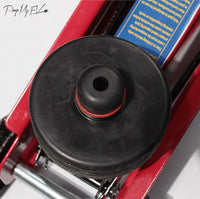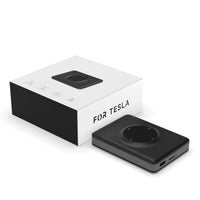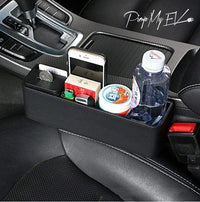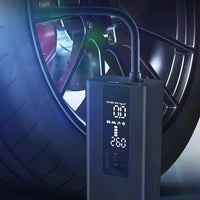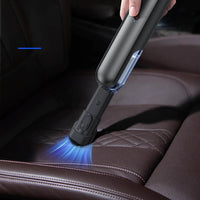Of course, any vehicle can catch fire and explode, you could be thinking. For what reason should this be a problem for a Tesla in particular? (You may already know this.) Since Tesla's don't use fuel, stories of fire, smoke, and maybe an explosion raise concerns about the integrity of the vehicle's batteries and other components.
Do a search on Google and you'll see that the possibility of a Tesla exploding has been a popular topic of discussion in the previous few years. In 2018, as reports of a tragic vehicle accident involving a Tesla began to circulate widely, the movement began to acquire some traction. Let's examine many of the reports in detail, shall we?
Although all of the following examples focus on the Tesla Model S, please keep in mind that there is nothing unique to the Model S that makes it more flammable than other models or other types of automobiles. Many car fires have been recorded recently, including Model 3 and Model X vehicles.
2018: Fort Lauderdale, Florida: Tesla Model S
One person was killed and another was seriously injured in an automobile collision involving a 2014 Tesla Model S on Tuesday, May 8th, 2018 in Fort Lauderdale, Florida. Highway patrol reports say the car suddenly left Seabreeze Boulevard and smashed into a concrete barrier, igniting the fuel tank.
After this sad accident, many people wondered if the lithium-ion batteries that power Tesla's are safe and may be especially prone to explosions or flames.
According to the results of a National Transportation Safety Board inquiry, the vehicle's impact speed of 116 mph with the wall ignited the battery.
Consequently, the fires could not have been caused by Tesla's battery. It doesn't matter what kind of automobile it is; crashing into a wall with enough force to do so can start a fire.
2018: Los Angeles, California: Tesla Model S
Reports of a Tesla that apparently caught fire for no apparent reason surfaced in June of the same year. On a Los Angeles street, pedestrians notified the driver of a Tesla S that seemed to be heavily smoking.
A Tesla representative remarked on the issue, saying that the fire started by the battery was extremely rare. The car's cabin remained unharmed by the blaze because the battery was designed and installed in a way that prevented heat from spreading inside.
2021: San Francisco, California: Tesla Model S
One of the couple's two Tesla's in the basement garage caught fire and destroyed their San Francisco house in 2021. Once again, Tesla's battery technology has come under criticism for potential dangers. Although Tesla did not issue a statement to the media about the event, the company has joined the chorus of electric vehicle manufacturers that have cautioned their customers against leaving their vehicles charging overnight or unattended.
Why Do Tesla Batteries Sometimes Explode
Even though we've shown that an electric car is not in danger of catching fire while driving around with the Autopilot on, you may still be asking how this might happen.
Primitive Concepts of Lithium-Ion Batteries
All Tesla's are powered by lithium-ion batteries. They benefit from this battery type because:
- Weak in weight
- Capacity for recharging
- Superior power output
They are ubiquitous in the modern world, and their usage is generally accepted because of their safety. This includes the batteries in our cell phones, laptops, tablets, and even electric toothbrushes.
Battery power from moving lithium ions allows lithium-ion batteries to store a lot of energy in a compact package. Let's take a look at the fundamentals of a battery to see why Tesla batteries can spontaneously ignite:
- The cathode is the negatively charged electrode where electrons are deposited.
- The positive electrode, or anode, from which electrons flow.
- The electrolyte is the liquid solution that is contained within and allows ions to travel.
- To move negatively charged ions from the cathode to the anode and back again, the electrolyte must pass through the separator, which is positioned in the battery's middle.
To generate "free electrons" in the anode, lithium ions stored in the cathode and the anode are shuttled across the separator by the electrolyte. A positive charge is produced and transferred to the gadget being powered.
For more about Tesla and shopping for the amazing aftermarket essentials, visit Pimp MY EV today!
 :
:  :
: 







